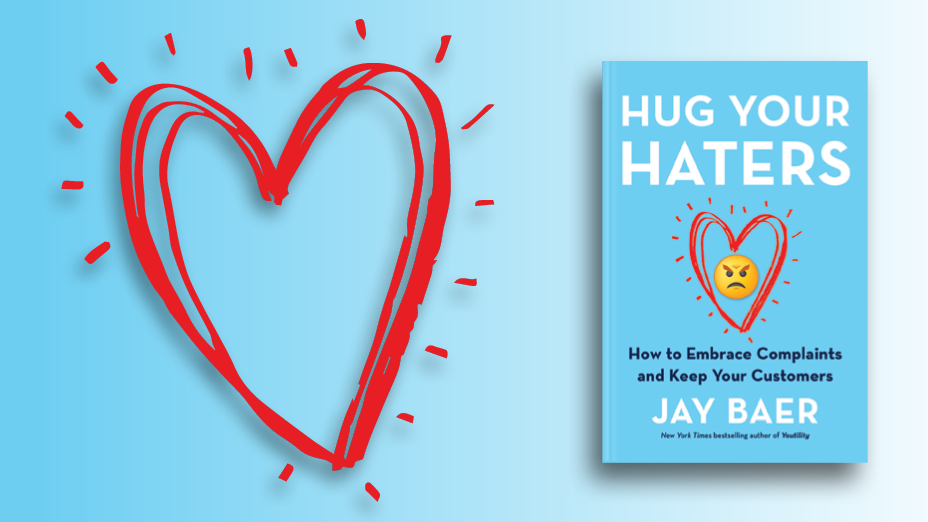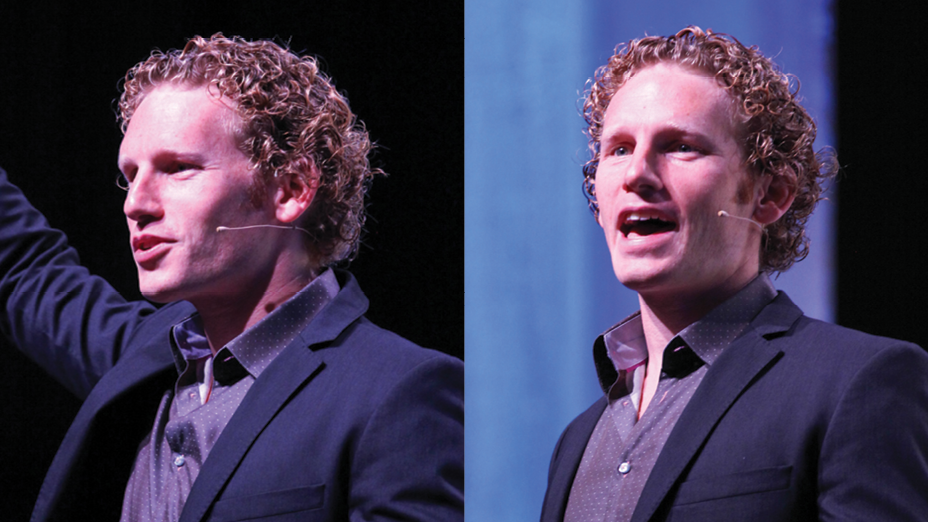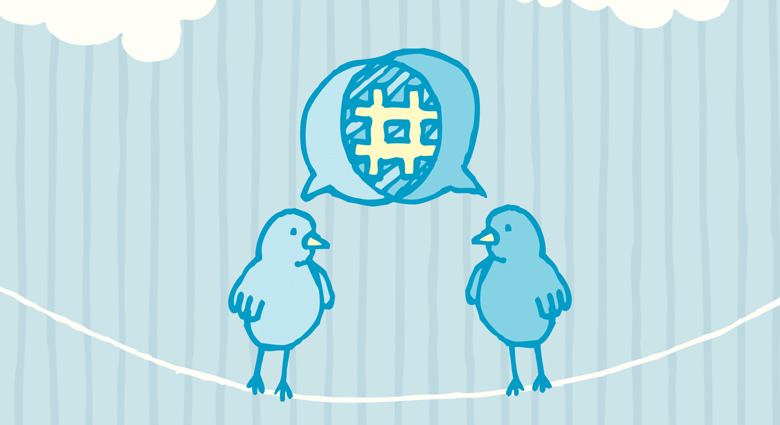The pleasures of shopping for food.
In any supermarket chain, some things are easy to find. Apples. Milk. Bread. But if you're looking for flaxseeds? Coconut milk? Prunes? Who among us has not felt the stirrings of super-market rage as we crisscross the fluorescent-lit maze of shelves, our shopping carts banging together as we search for a single palatable salami?
"Brands may want engagement and conversations with consumers, but that's not what consumers want."
This is a problem good marketing can solve.
Meijer, a regional market and grocery chain in the United States, has close to two hundred stores in Michigan, Ohio, Indiana, Illinois and Kentucky. Through their seventy-five years, the family-owned business has seen dramatic changes in their retail experience. Their philosophy of "...take care of your customers, team members, and community... and all of those will take care of you, just like a family," sounds earnest enough, but in a world where supercenters and mass retailers are becoming grocers, and local farmer's markets are seeing a resurgence, the pressure to stay competitive and relevant at the local level is intense. While it may not be a silver bullet, the Meijer Find-it app is much more than a store map and couponing engine. Once you have put in your shopping list and chosen your store, the app will order your list to create the most efficient route through the store. If you go off course, the app will self-adjust as you go along.
So why don't more brands do this -- solve the most frustrating problems we experience when we use their product or service?
If you look at the typical diatribe about "marketing being dead" or "advertising being dead," you quickly realize that all solutions talk about the imperative to forge a deeper, more powerful connection with the consumer. In short, brands can create loyalty by being more personable, helpful and likable.
But that's not enough.
Brands may be saying that they want engagement and conversations with consumers, but that's not what consumers want. (Do you really want to "engage" with your grocery store? No. You want to get your food and go home.) Thanks to the Web, any brand can have an idea and publish it to the Web in text, images, audio and/or video. This can be done instantly, free, and immediately. It's pretty amazing. And yet, with this tremendous access and disintermediated channel, what have we gotten? For the most part, a lot of very traditional advertising messages. They may be glitzed up to look like something more than a moment of distraction to sell a consumer on a new product or benefit, but the truth is that the vast majority of brands are still chasing the same advertising model, just in different types of media.
There is another way.
Brands can create a utility. Something that people don't just want, but need. Something that would earn this brand the covered spot on the homescreen of their consumer's smartphones and tablets. Marketing is no longer just about messaging and brand loyalty. Now, brands can provide a high level of utility with real tools that consumers need to enhance their daily lives. Think it's not possible? It is.
Enter: Utilitarian marketing.
What the Internet, mobile technology, and social networking tools have provided companies is the power to provide a level of utility to their consumers that they could never provide before. So why aren't more brands doing this? Because it's hard. Take branded apps, like Meijer's. On any given Sunday, you can drum up all kinds of depressing data about how many people download branded apps and use them only once (or, more depressingly, downloaded them and never used them). These are the exact data points that the devil's advocates in the room like to mention when they try to argue that mobile isn't important. Well, whatever data you have on branded apps and their usage has lied to you. Branded app usage doesn't suck... the majority of branded apps suck, so people don't bother to use them more than once. A brand's success is driven by their location. From the physical store that has a lot of foot traffic to a corporate office that will attract the right client. The new real estate in winning the hearts and minds of the consumer is that elusive homescreen.
"Marketing is no longer just about messaging and brand loyalty. Now, brands can provide utility."
The winning brands will do this by doing one thing phenomenally well: provide true utility.
Meijer is not alone in providing a truly useful mobile marketing app, but marketing with a utility-first mindset is still in a nascent stage. Brands like Uniqlo, LEGO, Procter & Gamble, Skullcandy and more have begun to claim land in this powerful territory as well. The trick is in not making these initiatives a parlor trick, but part of a well-thought out and strategic campaign. Now, take a step back and ask yourself this: How much of my marketing is a true utility for my consumer?
Now, what are you going to do about it?
Image Courtesy of wikimedia.org




.png)




What Did You Think?